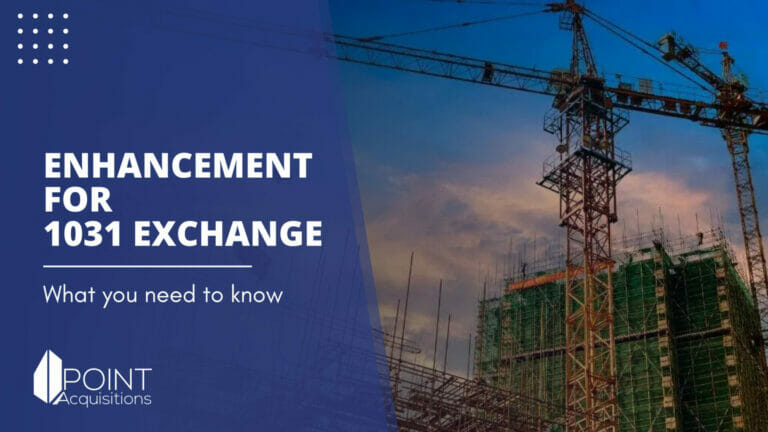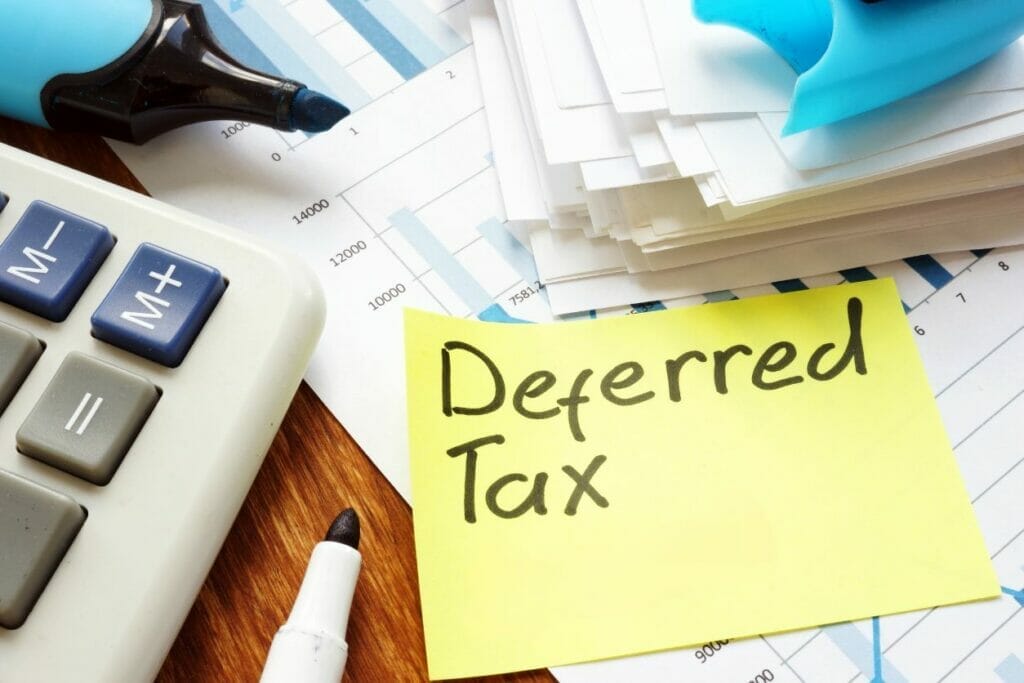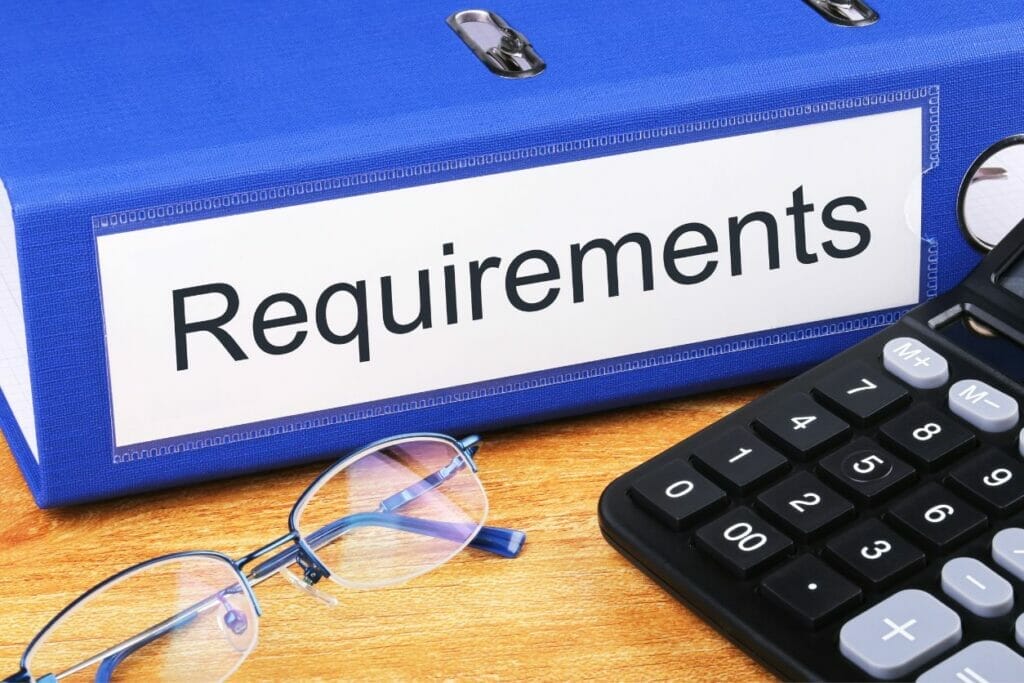
1031 Exchange Improvements: Definition, Requirements and Deadlines
Welcome to real estate investment, where opportunities abound, and savvy investors seek to maximize their returns through ingenious strategies like 1031 Exchange Improvements. Commonly referred to as Construction 1031 Exchanges, these transactions offer a unique chance for astute investors to craft their perfect replacement property from the ground up.
By harnessing the power of Improvement Exchanges, you can utilize the proceeds from a 1031 Exchange to acquire new property and allocate a portion of these funds to enhance and improve said property.
This article will delve into the definition, requirements, and deadlines surrounding this innovative approach, unraveling its potential for those seeking to elevate their real estate investment game. So, join us as we discover the ins and outs of 1031 Improvement Exchanges, and learn how they can unlock a world of possibilities for wise investors.

Table of Contents
What are improvement exchanges?
Improvement exchanges in real estate investment are a specialized type of 1031 Exchange transaction that allows investors to construct or improve their replacement property using a portion of the proceeds from the sale of their relinquished property.
In a typical 1031 Improvement Exchange, investors can defer capital gains taxes by reinvesting the proceeds from the sale of a property into a like-kind property. However, Construction Exchanges take this a step further by allowing investors to purchase a replacement property and use a portion of their 1031 Exchange funds to make improvements or construct a new property on the acquired property.
Can you use 1031 exchange for renovations? Yes! This innovative strategy enables investors to customize their replacement property to suit their investment goals and preferences. Whether it involves renovating existing structures, constructing new buildings, or adding amenities and features, improvement exchanges provide flexibility and potential for increasing the value and profitability of the replacement property.
However, it’s essential to adhere to the specific rules and requirements the Internal Revenue Service (IRS) set forth to ensure that the transaction qualifies as a valid 1031 Exchange. Investors must comply with strict timelines and meet certain criteria to defer capital gains taxes through improvement exchanges successfully.

Forward 1031 exchange
A Forward 1031 Exchange, commonly called a Delayed Exchange, is a powerful and popular tax-deferral strategy that grants real estate investors the flexibility to sell their old property before identifying and acquiring the replacement property. This approach gives investors a broader window of time to search for the ideal replacement property that aligns with their investment objectives without the pressure of identifying it before selling the relinquished property.
The magic happens when the Forward 1031 Exchange is combined with the Improvement 1031 Exchange strategy. By employing this combination, investors secure a replacement property and open doors to enhance and improve it to their specifications. This unique opportunity allows investors to utilize a portion of the 1031 Exchange funds to undertake renovations, construct new buildings, or add valuable features to the replacement property. The result is a customized property that better suits the investor’s vision and boosts its potential for increased returns.
All crucial steps must be completed within the specified deadlines. First and foremost, the investor must identify the replacement property within 45 days of selling the relinquished property. Next, considering their investment goals and budget, they must formulate a plan for the property’s improvements and renovations. Lastly, the deal must be closed and the improvements completed within 180 days of selling the relinquished property.

Reverse 1031 exchange
A Reverse 1031 Exchange is a smart tax-deferral tactic that IRS Code Section 1031 allows. It enables an investor to purchase a replacement property before selling their current property. This strategy proves valuable when an investor finds a promising investment opportunity and wants to take advantage of it while waiting to sell their existing property.
Like the Forward Exchange, employing the Improvement Exchange strategy creates potent investment opportunities. The investor can acquire the replacement property upfront and improve it. This is particularly helpful because the investor can start enhancing the replacement property while still marketing the existing property for sale.
Once again, the exchange deadlines are not flexible. The improvements to the replacement property and the transfer of the property from the Exchange Accommodation Titleholder (EAT) must coincide with the sale of the relinquished property.
Both Forward and Reverse strategies offer opportunities for tax-deferred improvements, but it’s essential to establish the correct parking structure to comply with IRS regulations. Working with experts in the field will ensure that the entire process is executed correctly, providing investors with tax benefits while facilitating their real estate investment goals.

The Parking Arrangement
In a 1031 Improvement Exchange, when an investor wants to improve a replacement property, they are not allowed to own said property during the improvement period directly. Instead, a specific arrangement, known as a parking arrangement, is utilized to ensure compliance with the 1031 Exchange rules.
In this arrangement, a trusted entity called the Exchange Accommodation Titleholder (EAT) steps in to hold the title of the replacement property on behalf of the investor. The investor and the EAT enter into a special agreement that outlines the terms and conditions of the parking arrangement.
The EAT maintains legal ownership of the replacement property during the renovation or improvement process. This means the investor can still proceed with the necessary renovations and upgrades without directly owning the property during this period.
The parking arrangement is a protective measure to ensure that the 1031 Improvement Exchange follows the law. By having the EAT hold the title, the investor can benefit from the tax-deferral advantages of a 1031 Exchange while improving the replacement property, thus optimizing their investment without violating IRS regulations.

What are the requirements for improvement exchanges?
In an Improvement Exchange, investors must follow specific requirements and rules to qualify for tax deferral. One fundamental rule is the “like-kind” requirement, which means the exchange must involve swapping real property for other real property. Personal property, such as equipment or furniture, does not meet the “like-kind” criteria and doesn’t qualify for tax deferral in this type of exchange.
Keeping track of the 180-day mark during the exchange process is crucial. If, at this point, the Exchangor only receives unimproved land and future construction materials or services, the exchange may not be fully tax-deferred. This is because labor and materials are not considered “like-kind” to real property. To achieve full tax deferral benefits, the replacement property should include improvements before the 180-day period ends.
Additionally, investors must be cautious about pre-paying labor, materials, or any escrow holdbacks related to the improvements. Such payments do not qualify for tax deferral and are treated as taxable “boot,” which refers to any non-like-kind property or money received during the exchange. These non-qualifying payments can affect the tax-deferred status of the exchange.
One helpful benchmark in ensuring full tax deferral is the “Napkin Test.” To pass this test, the exchange value of the replacement property, considering the purchase price, closing costs, and improvements, should match or exceed the value of the relinquished property. This ensures that all proceeds from the sale of the relinquished property are reinvested into the replacement property, maximizing the tax-deferred benefits.

What are the 1031 Improvement Exchange deadlines?
The deadlines for completing 1031 Improvement exchanges align with a Forward or Reverse 1031 Exchange structure, depending on the chosen approach. For both structures, the process begins with a 45-day identification window, during which the investor must identify suitable replacement properties for the exchange.
Within this critical timeframe, a clear written notice must be provided to the qualified intermediary, indicating the identified properties. Subsequently, the exchange period continues for 180 days from the date of selling the relinquished property (Forward Exchange) or from the date of acquiring the replacement property (Reverse Exchange). This 180-day period encompasses the completion of the entire Improvement Exchange, including the purchase and improvement of the replacement property.
Complying with these deadlines is paramount to ensuring the Improvement Exchange qualifies for tax deferral per IRS regulations. We advise you to work closely with qualified intermediaries and real estate professionals to meet these time constraints and successfully execute a tax-deferred Improvement Exchange, maximizing the potential benefits for their real estate investments.
About The Author

Jesse Shemesh
Disclaimer
Please note that Point Acquisitions is not a tax expert or tax advisor. The information on our blogs and pages is for general informational purposes only and should not be relied upon as legal, tax, or accounting advice. Any information provided does not constitute professional advice or create an attorney-client or any other professional relationship. We recommend that you consult with your tax advisor or seek professional advice before making any decisions based on the information provided on our blogs and pages. Point Acquisitions is not responsible for any actions taken based on the information provided on our blogs and pages.
1031 Exchange Capital Gains Tax Deferral
According to a 2021 report by the National Real Estate Exchange Services (RES), over 240,000 1031 exchange transactions were completed in the United States, totaling $100 billion. This impressive figure underscores the role of 1031 exchanges in the real estate…
Read More1031 Exchange Benefits
As of Q4 2023, the national vacancy rate for all commercial property types in the United States sat at 9.2%, according to CBRE’s latest insights and research. This represents a slight decrease compared to the previous quarter and suggests a…
Read More1031 Exchange Legal Considerations: A Must-Read Guide
You’re in the right place if you’re considering a 1031 exchange for your commercial real estate investments. Whether you’re a seasoned investor or just dipping your toes into the market, understanding the legal landscape of 1031 exchanges is key to…
Read More

